Crop Rotation: Advantages and Disadvantages of Crop Rotation
टेबल ऑफ कंटेंट
To produce the most possible yield with invested time, effort, and resources, farmers adopt a wide range of techniques and processes. Crop rotation is one such technique. Performed with an intent to keep the soil of a region fertile, crop rotation is no less than a boon for farmers, provided it's done.
In this guide, we're going to explain crop rotation practice in detail and why it should be used.
What is Crop Rotation?

Crop rotation is an age-old farming practice where farmers grow different kinds of crops on the same land in a specific manner. The crops belong to different plant families and will ask for different nutrients from the soils. They also need a different set of pesticides.
Crop rotation involves the systematic cultivation of various crops in sequence on the same area of land to enhance soil health, manage nutrients effectively, and control pests and weeds.
As two sets of crops have different requirements, crop rotation ensures that the required amount of nutrients is provided to the crops.
Why Crop Rotation is Important?

Crop rotation, when done in the right manner, is very important to maintain the soil's fertility, nutrient content, and many other aspects. Let's decode all them.
1. It preserves the nutrients present in the soil
As the same nutrients are repeatedly consumed when a single crop is planted in the same location each year, the soil structure slowly deteriorates. After a while, the soil loses those nutrients and becomes infertile.
When crop rotation is used, crops from two different categories are used. These crops are chosen in a way that they have different nutrient requirements. For instance, grain and legume crops are rotated.
Grains must high nitrogen nutrients to grow. Hence, soil can run out of these nutrients quickly if only grains are cultivated on land regularly. Legumes fix the nitrogen deficiency in the soils. Hence, they are paired with grains.
2. It helps in crop disease and pest control
If farmers continue cultivation of the same crop in a field then they will start facing the crop's disease and pest issues. Pests that target one type of crop will continue to thrive for a long time and reproduce. After some time, they can grow exponentially.
With crop rotation, this cycle is broken and one type of pest of crop disease can’t survive for long.
3. It promotes effective weed management
When crops are rotated, crop-specific weeds are automatically needed. Hence, farmers have to invest less effort and money in weed control. They will have to use less herbicides.
4. It supports yield enhancement
When soil is rich in nutrients, pests are under control, weeds are not consuming crops’ resources, and crop diseases are not controlled, the total yield output will be higher than ever.
5. It is important for crop diversity
We all have different eating habits and growing one type of crop is not going to cater for all us. With crop rotation, crop diversity is promoted and we get to see all kinds of crops.
How is Crop Rotation Practiced or Organized?
Crop rotation is organized and practised systematically to maximize its benefits for soil health, pest and disease control, and agricultural sustainability. The standard process of crop rotation is as mentioned below.
1. Proper planning and careful crop selection
The process of crop rotation in India starts with selecting the right kind of crop and having a proper plan ready. In the planning phase, farmers generally decide the type of crops they will use for the rotation, understand the local climate, and the main goal of crop rotation.
Selecting ideal crops is important. Farmers must select crops that complement each other when it comes to growth patterns, nutrients, pest susceptibility, and climatic conditions.
The most preferred crop combinations are grain-legumes, brassica crops, cover-crash crops, corn-soybean, grass-legume, and grain-legume-root crops.
2. Deciding the rotation sequence
When rotation crops are finalized, farmers move ahead and finish the rotation sequence. They can go for a multi-year cycle or can adopt crop season-based rotation. In general, each ration cycle should be between 2 to 4 years.
3. Proceeding with plantation and harvesting
Farmers continue with crop plantation as per the crop rotation plan and when the crop is finally harvested, they continue preparing the ground for the next crop.
Depending upon the type of crop and its specific needs, they can be involved in land tilling, adding soil supplements, and performing nutrient management.
Advantages of Crop Rotation

A careful crop rotation holds the potential to bring a wide range of benefits. We have come up with a list of the most common ones.
1. Increases the yielding capacity of the crops
Crop rotation boosts the yield from one seasonal harvest. Because several crop varieties are used, one receives a general bountiful harvest each season also to a variety of crops. Scientific research shows that crop rotation, as opposed to monoculture, increases crop output by 10% to 25%.
2. The balance of nitrogen is maintained
One of the essential elements for plant development is nitrogen. It is a crucial component of DNA, a protein's building block, and even chlorophyll.
Even though 78 percent of the nitrogen in the atmosphere is in the form that plants can use. They need a sort of "fixed" nitrogen from the soil, such as ammonia, nitrate, or nitrite.
3. Improves the soil structure
Good crop growth depends on the condition of the soil. It has an impact on how easily water, air, and nutrients can reach the roots as well as how much room they must spread in the soil. Plants won't grow well and won't be able to establish a strong root system in bad soil.
This has several unfavorable effects for farmers, including crop production loss and increased vulnerability of their fields to erosion and surface runoff, which can leak nutrients and reduce fertility. Due to the alternation of deep and shallow-rooted plants during crop rotation on the same piece of land, the soil structure is improved.
4. Crop rotations ensure water conservation
Crop rotation increases soils' ability to hold water when combined with better soil structure. Solid soils enable quick and complete water absorption. While some of this water is quickly absorbed by crops, the remaining water is stored deeper in pore spaces for use by plants in dry seasons.
5. Pest control and weed management
Crop rotation was used by ancient civilizations primarily to stop the spread of illnesses, weeds, and pests. Crop rotation became unnecessary with the advent of pesticides in agriculture. Yet, the widespread use of these pesticides has resulted in some significant poisoning instances, environmental damage, and even an increase in pests' resistance to the active ingredients.
Disadvantages of Crop Rotation
1. Difficult to specify
Every season, a different crop must be planted to ensure the success of crop rotation. The farmer is thus prevented from specializing in a particular crop. Due to possible effects on the soil, the farmer might not be able to grow a single crop on a large scale for an extended period.
The farmer might not be able to produce large yields of a certain crop because he lacks expertise in that crop. Crop diversification necessitates spending money and time on diverse planting methods for each distinct crop, as each crop has different needs for care and attention.
2. Not appropriate in certain conditions
Crop rotation may not be recommended in some temperatures and geographical areas. In that area, monoculture may be favored because some crops may not do well in certain types of soils and climates.
3. Improper implementation may lead to more harm than good
When this approach is used incorrectly, more harm than good results. There is no reason to experiment if one lacks the technical knowledge of crop rotation because there could be nutrient build-up that would take longer to fix.
Thus, improper implementation results in very significant losses for the farmer. But, information on the various planting methods is available, so the farmer should exercise caution and be prepared to use them as needed.
Final Say
Crop rotation could aid in the fight against the environment's pervasive chemical contamination. So, the technique is helpful to our health and may be one approach to preserving our food security while limiting the adverse consequences of agriculture on ecosystems.
But, all these benefits are possible only when you do it in the right manner. You need to select the right kind of crop and optimize the process. With the right technique and process, crop rotation can do wonders for farmers.
कैटेगरी
और ब्लॉग पढ़ें
Eicher Tractors has taken a step ahead and has launched an Eicher 280 Plus 4WD Tractor. Eicher 280 Plus 4WD has the Plus factor in its performance, service, features, and usability. The tagline for The Plus tractor is ‘ Har Baat Mein Plus’. The...
भारत सरकार ने कृषि और कृषि उपकरणों के उपयोग और उससे जुड़े व्यवसाय को और भी सरल और सुगम बनाने की दिशा में एक एहम कदम उठाते हुए प्रदर्शन मूल्यांकन के लिए ट्रैक्टरों के परीक्षण की प्रक्रिया को काफी आसान बना दिया...
आयशर ट्रैक्टर आयशर 280 प्लस 4WD मिनी ट्रैक्टर की लॉन्च के साथ मिनी ट्रैक्टर बाजार में अपनी पकड़ और मजबूत कर रहा है। यह ट्रैक्टर प्रदर्शन, सेवा, सुविधाओं और उपयोगिता में "प्लस फैक्टर" का वादा करता है। इसीलिए इसकी टैगलाइन रखी गयी...
इसके बारे में अपनी टिप्पणी लिखें Crop Rotation: Advantages and Disadvantages of Crop Rotation
.webp&w=1920&q=75)
ट्रैक्टर और कृषि से जुड़े सबसे अधिक खोजे जाने वाले ब्लॉग्स
18 Dec 2025
18 Dec 2025
29 Jul 2025
08 Sep 2025
03 Jul 2025
30 Jul 2025
30 Jul 2025
30 Jul 2025
29 Jul 2025
30 Jul 2025
26 Dec 2025
31 Jul 2025
18 Dec 2025
26 Dec 2025
Crop Rotation: Advantages and Disadvantages of Crop Rotation के बारे में अक्सर पूछे जाने वाले प्रश्न
Crop Rotation is a farming technique involving the sequential cultivation of different types of crops in the same field over time.
Farmers plant different crops in a specific order or pattern to prevent soil depletion and reduce the risk of pest and disease build-up.
Crop Rotation conserves soil nutrients, breaks pest and disease cycles, reduces weed growth, and enhances crop productivity.
Common Crop Rotation patterns are alternating between grains and legumes or rotating crops based on their nutrient requirements.
Intercropping increases yield diversity, while Crop Rotation enhances soil health and pest control.
The three types of crop rotation are:
-
Sequential Crop Rotation: In this type, crops are rotated in a specific order, usually based on their nutrient requirements and growth characteristics.
-
Alternate Crop Rotation: This involves alternating between two different types of crops on the same plot of land.
-
Mixed Crop Rotation: Here, a combination of different crops is grown simultaneously or in close proximity, providing mutual benefits such as improved soil fertility and pest control.
Sequential Crop Rotation: In this type, crops are rotated in a specific order, usually based on their nutrient requirements and growth characteristics.
Alternate Crop Rotation: This involves alternating between two different types of crops on the same plot of land.
Mixed Crop Rotation: Here, a combination of different crops is grown simultaneously or in close proximity, providing mutual benefits such as improved soil fertility and pest control.









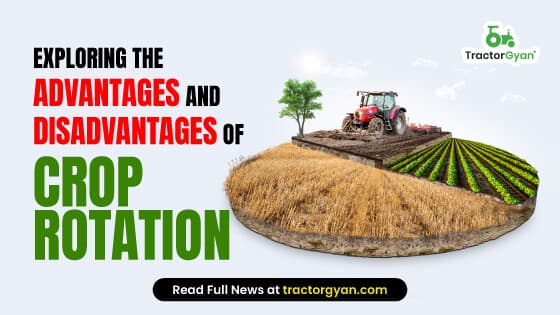




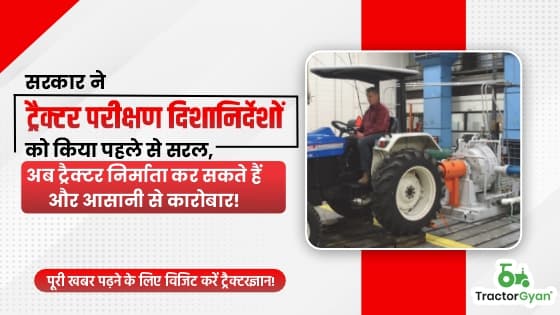

.webp&w=2048&q=75)
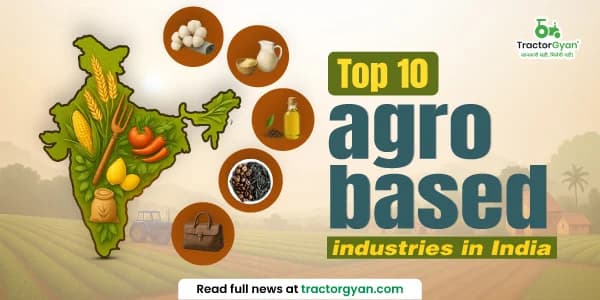
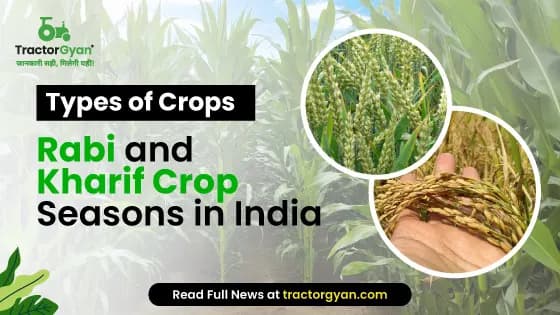



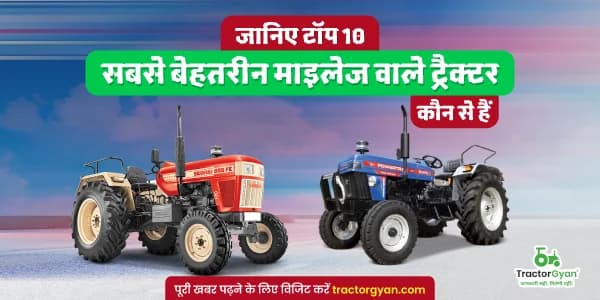
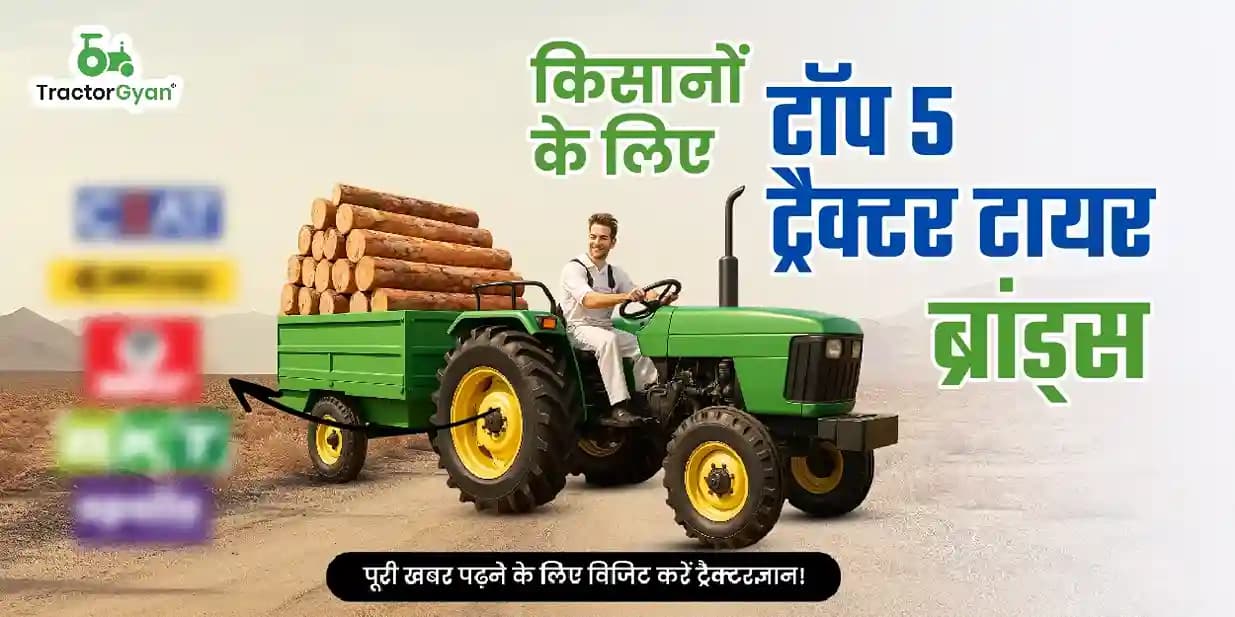


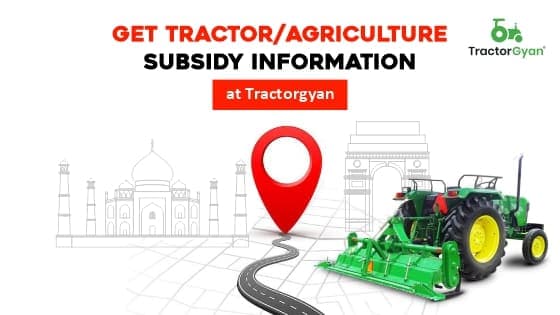
.webp&w=2048&q=75)
.webp&w=2048&q=75)




























